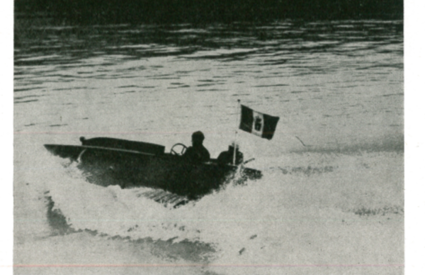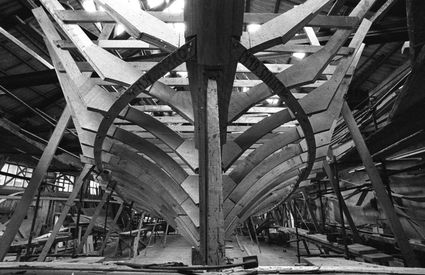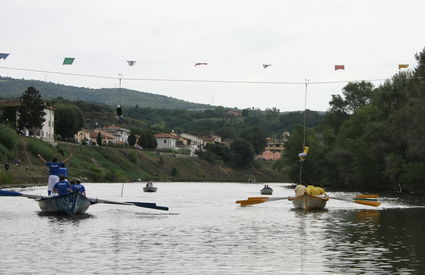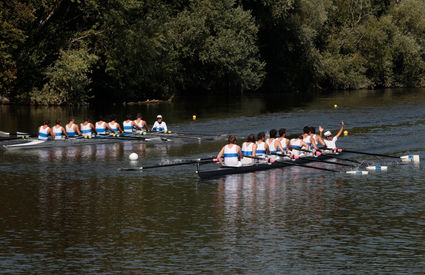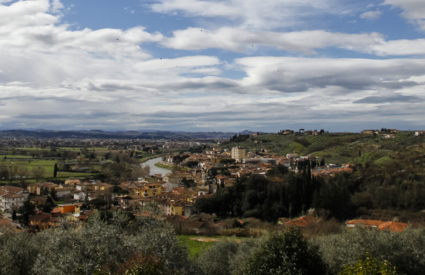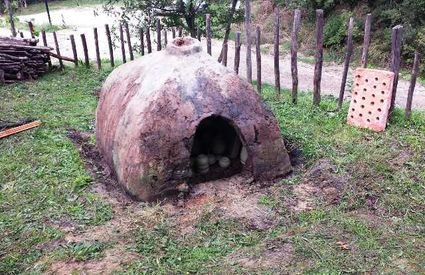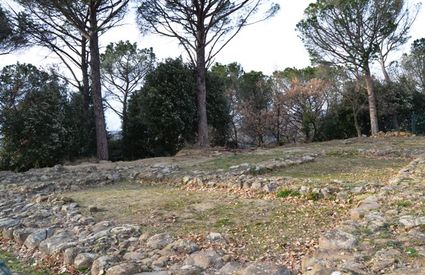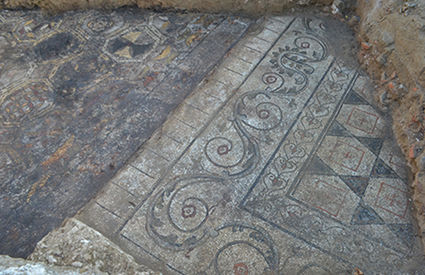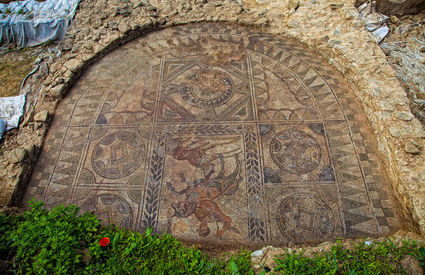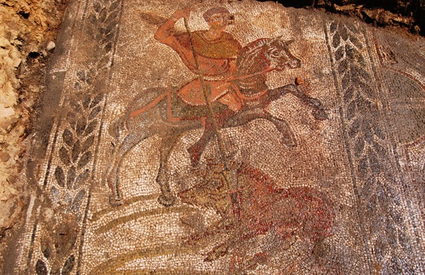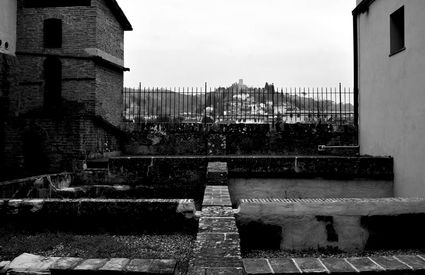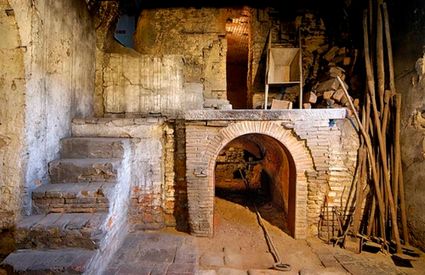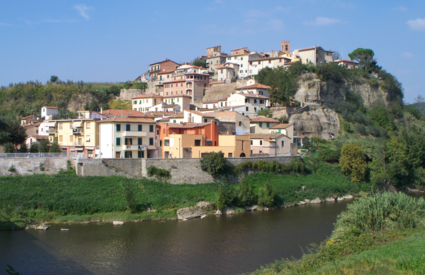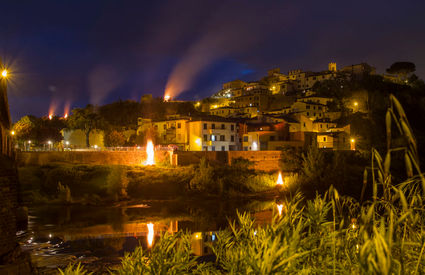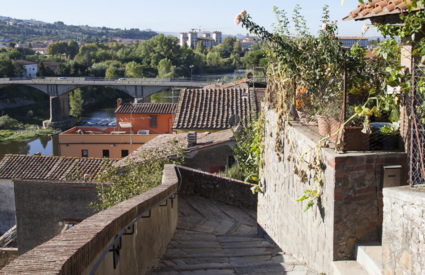Capraia e Limite
A nautical home, forever embraced by its river
Arno, boat building and scenery: from Etruscan and Roman times to now
A nautical home, forever embraced by its river
Arno, boat building and scenery: from Etruscan and Roman times to now
Like everything in life, it began. Boat building and Puccini
Do not cry, Liù!
If on a long-ago day I smiled at you
For the sake of that smile, my dear child
Listen to me: Your lord
will be, tomorrow, perhaps, left alone in the world…
Turandot, G. Puccini
Giacomo Puccini was a good customer to the boat yards of Limite. He would often head for Limite until just before his demise, when he had a new boat ready called “Liù”, a tribute to “Turandot”.
The Italian pleasure craft sector began in Limite sull'Arno. In the 1900s the boat yards here supplied the Italian Navy, as testified by the documents archived in the Exhibition Centre of Boat Building and Rowing. Here you can admire miniature models of boats built in the past by master carpenters dating back to the 17th century. The shipyards of Limite also made a name for themselves by constructing the motor torpedo boats used during World War I.
In 1861 this is where rowing
began in Italy, with the founding of the first club, Canottieri Limite,
still active and successful nationally and internationally, continuing the wish
uttered by Gabriele D'Annunzio in 1924: “Ai Canottieri Limite, senza
limiti prospero motu”.
This nobile tradition is celebrated every
year with the “Palio con la Montata”, in which typical gozzi sit
as representatives of the town’s four neighbourhoods.
From Etruscans to Romans: the villa for otium
Drawn in by the river, Romans and Etruscans also settled on these banks. In Limite we find the remains of the country villa of Vettio Agorio Pretestato, a Roman gentleman in the 4th century secolo AD. The villa’s mosaics, still intact today, show wild boar hunting scenes and everyday life in the Otium.
In Montereggi, on the other hand, a hill above Limite, an excavation campaign in the 1980s unearthed acropolises, buried buildings and votives that are believed to have belonged to a templar area. An actual “Etruscan City on the Arno”.
Breathtaking views and furnaces: Capraia
Capraia Fiorentina exerts an ageless charm. It is situated on a spur with a sheer drop down to the Arno and is shaped like a fortified medieval village, with narrow streets from which the views stretch as far as the horizon. For a long time it belonged to Pistoia, facing Montelupo Castle, from which the Florentines controlled it, foreseeing armed forays along the crucial artery between Florence and Pisa.
For centuries, the main activity, due to materials that could be gathered along the river banks, was clay manufacturing in clay, transported by boats made in Limite. Today you can visit the former furnace Fornace Pasquinucci, an original exhibition space for temporary shows and cultural events, as well as an example of industrial archaeology equipped with old furnaces to bake, troughs and terrai, used to dehydrate clay.
The May 1 ceremony pays tribute to the kilns, a day when locals light fires to Santa Grania, a martyr in the fourth century AD, whose earthly remains are in Capraia.


